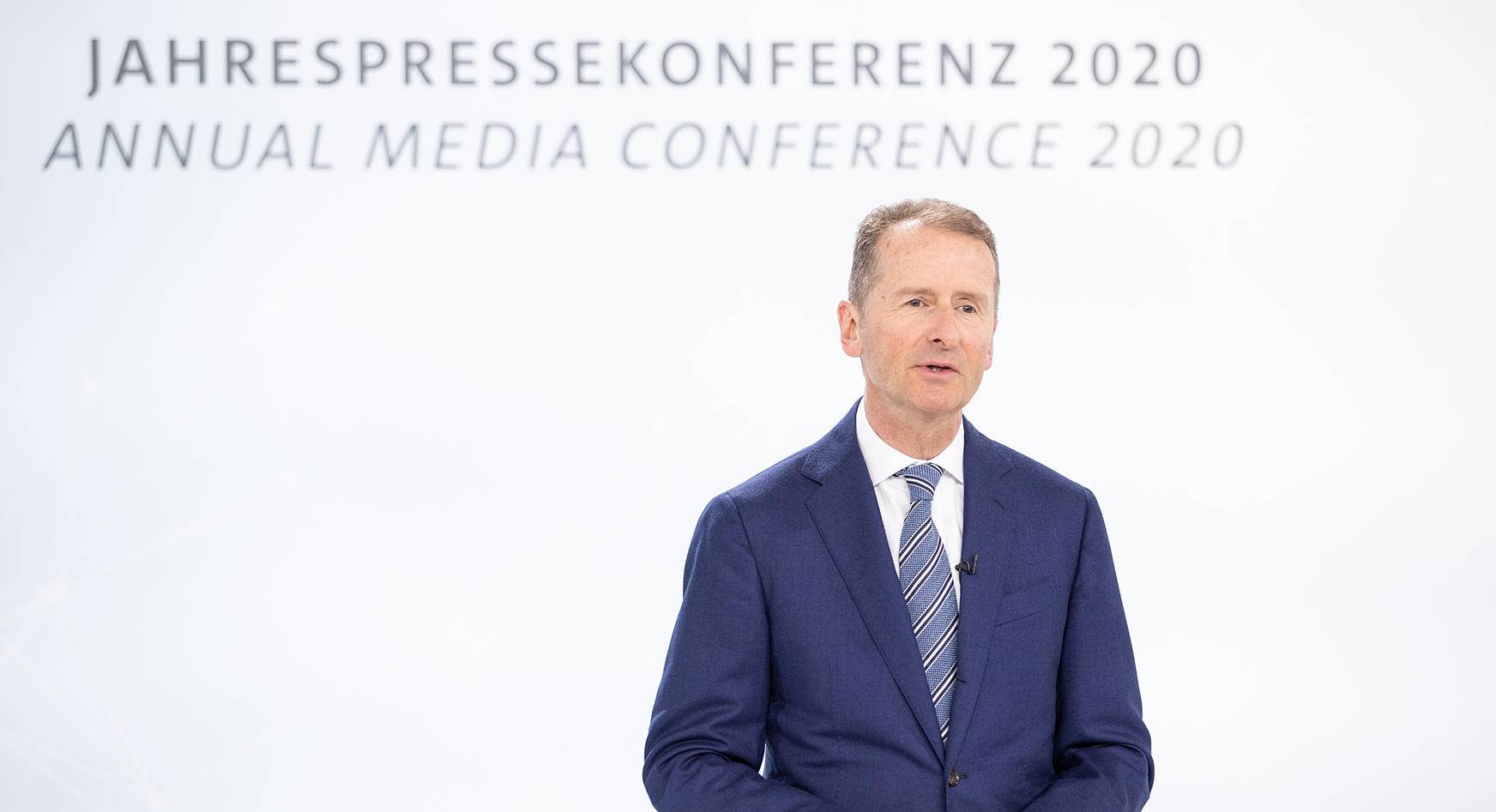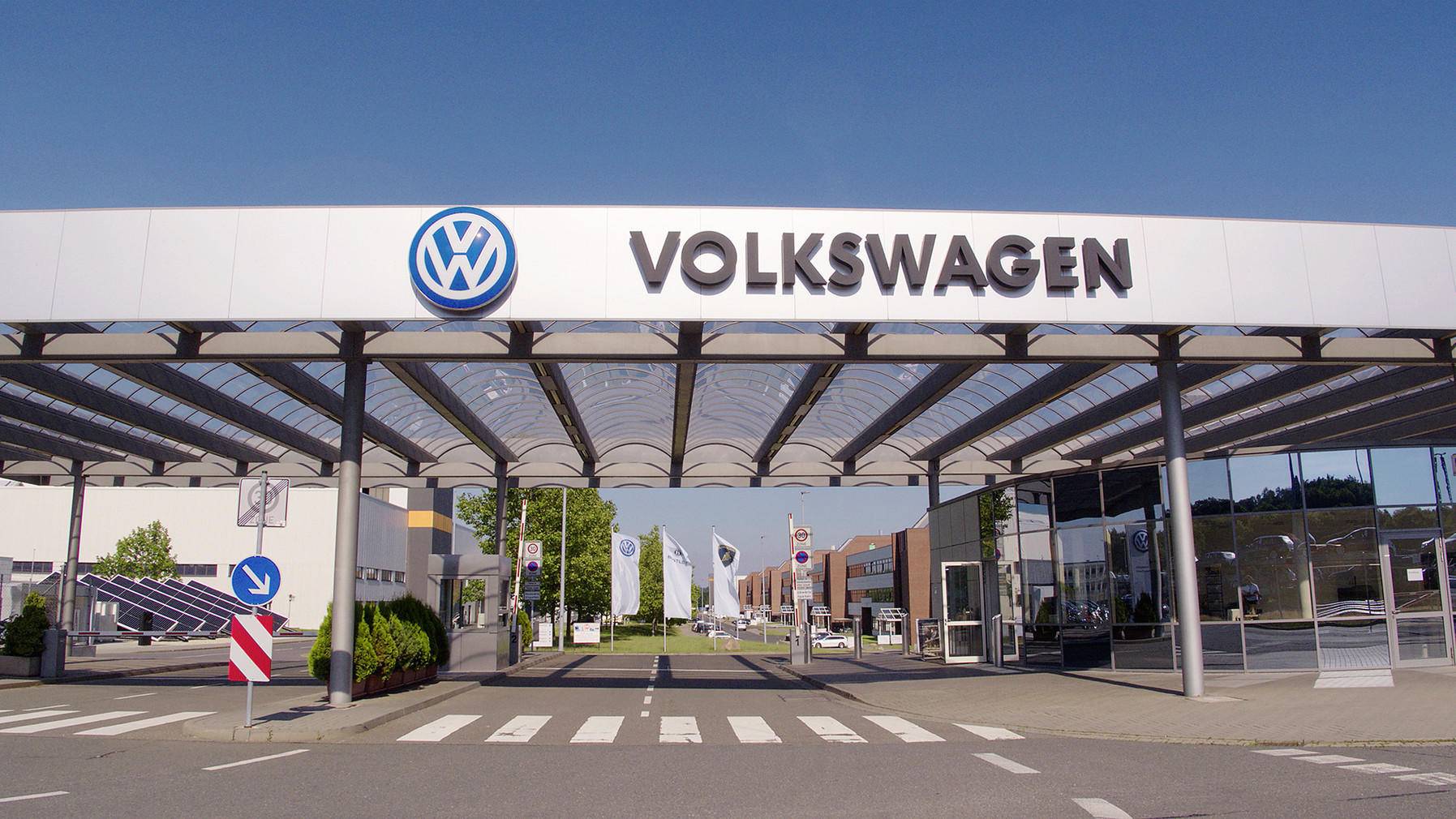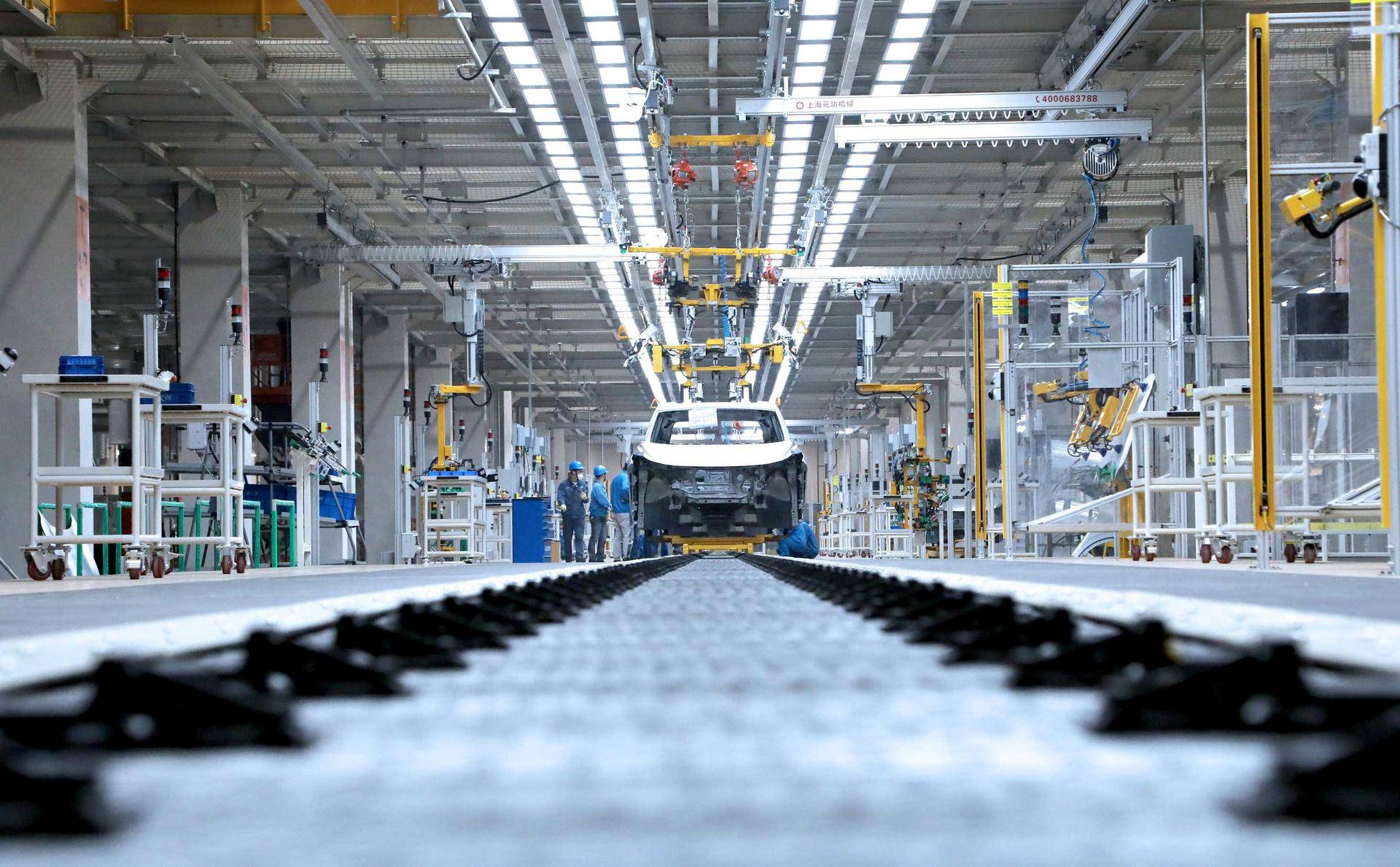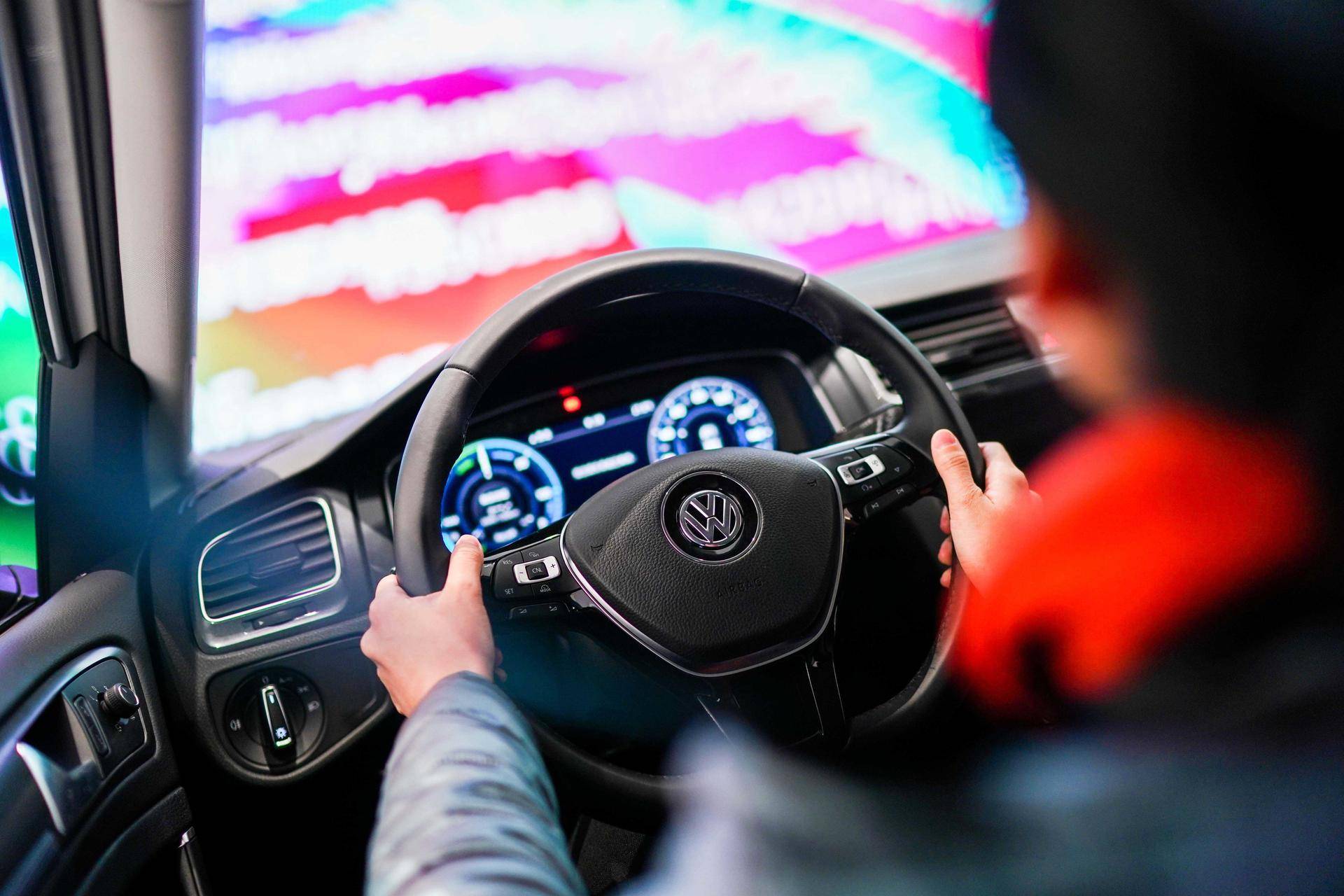Luxury brands are a big killer.
Editor’s note: This article comes from “ Future Car Daily ” (WeChat public account ID: auto-time), author: Zhang.
Author | Zhang Yi
Edit | Li Huanhuan
In 2020, the outbreak of the “Black Swan” epidemic, even the car giant Volkswagen is on thin ice.
“2020 will be a very difficult year, and the new crown pneumonia epidemic poses unknown challenges to our business and finances,” said Disis, chairman of the management board of the Volkswagen Group.
Due to the severe situation, Volkswagen has temporarily closed several factories in Spain, Portugal, Slovakia and Italy. Even the heavy annual media communication meeting has to be held online.
On March 17th, at this special communication meeting, Volkswagen Group interpreted the financial data of the Group in 2019 in detail and reiterated its investment focus, which also hinted at several key trends in the automotive industry this year.

Volkswagen Group CEO Herbert Diess Source: Volkswagen Group Official
Accelerated launch of plug-in hybrid models
“Volkswagen Group will launch 15 new electric vehicles and 18 plug-in hybrid models from 2020-2021.” Dr. Dis said that at present, orders for new energy vehicles can guarantee the group’s Business.
This plan is more radical than VW ’s plan to launch 135 new cars in 10 years, and has accelerated the introduction of plug-in hybrid models.
At present, Volkswagen has launched a new generation of Touareg, FAW-Volkswagen Magotan GTE Concept and Tan Yue GTE Concept in the Chinese market. (GTE is the way that Volkswagen names some plug-in hybrid models. “GT” stands for High performance, “E” means electrified) and other 6 plug-in hybrid models.
Plug-in hybrids are between pure electric vehicles andBetween fuel vehicles, power sources include fuel and charging. This model has a smaller battery and a relatively low battery life. For car companies, plug-in hybrids are the preferred choice to meet emission standards and point assessments when the pure electric vehicle market is still immature.

Source: Official Volkswagen Group
In addition, pure electric vehicles are still an important direction for Volkswagen’s transition to electrification.
Last autumn, ID.3, the first model of the Volkswagen Group ’s high-profile ID series, was officially released. This is Volkswagen’s first electric vehicle based on the new MEB platform. The new vehicle is expected to be officially delivered in Germany this summer.
Affected by the epidemic, production of the Volkswagen ID series has been suspended. However, the Volkswagen Group stated that ID.3’s original delivery plan will not be delayed for the time being. “The Group will make every effort to ensure battery supply and new car launches,” Disz emphasized.
In order to gain a foothold in this revolution in the automotive industry, Volkswagen Group’s “handwriting” in the field of electrification has become even more crazy. In November last year, the Volkswagen Group announced that in the next five years (2020-2024) it will invest 60 billion euros in hybrid power, electrification and digitalization, of which 33 billion euros will be used in the electrification field.
Volkswagen Group is optimistic that by 2025, the cost of electric vehicles will be the same as that of gasoline and diesel vehicles. However, even though the price of power batteries has dropped from $ 1,100 / kWh in 2010 to $ 156 / kWh in 2019, investors are still cautious about electric vehicles, as the upfront cost will drastically lower the overall profit margin.
In order to realize the vision of profitability as soon as possible, the “big ship” that has been turned around is continuously expanding into the core component research and development and energy storage business. In 2019, Volkswagen announced that it will partner with European power battery startup Northvolt to build its own power battery plant in Salzgitter, Lower Saxony. The auto giant hopes to improve battery production efficiency and achieve large-scale operation through self-developed modular battery packs.
In addition, Volkswagen is also working with car giants to share R & D costs. Last July, Volkswagen and Ford officially announced an agreement on sharing electric and autonomous vehicle technology, and Volkswagen will share its MEB platform with Ford. At present, Volkswagen is in the middleChina’s first MEB plant has been completed, with a planned annual production capacity of 300,000 vehicles. It is expected to officially start production in October this year.
In a recent report issued by Swiss investment bank UBS, Volkswagen will become the first company in the world to make a profit by selling pure electric vehicles in 2022. UBS predicts that pure electric cars and SUVs will account for 15% of global sales by 2025. Tesla, which has few rivals today, will be hit by major traditional car companies, especially Volkswagen.

Volkswagen Group (China) ‘s first MEB factory production line Source: Volkswagen Group Official
Software is the core, and the R & D staff of the software department plans to double
In addition to electrification, Volkswagen Group once again reaffirms the important strategic position of software.
Dies said at the communication meeting that the Group will strengthen its capabilities in intelligent interconnection and software development. He said that by 2025, Volkswagen Group will invest 7 billion euros to promote software platforms for new technology research and development.
The Car.Software division of Volkswagen, which undertook the important tasks of the group’s digital transformation, was established less than a year ago and is expanding at an amazing rate. Dis said that the department’s R & D staff is expected to increase to 10,000 by 2025, double the original plan of 5,000.
Car.Software was born in June of last year. It mainly develops in-vehicle software and services including “vw.os” vehicle operating system and Volkswagen Cloud. By 2025, all new models of the Volkswagen Group will use their software platforms. By then, the software sector ’s self-developed share of automotive software will increase from less than 10% to no less than 60%.
“We are transforming from an equipment company to a software company,” said Michael Jost, chief strategy officer of Volkswagen. If nothing else, the first batch of 30,000 ID.3s delivered in Germany this summer will be equipped with a software operating system that supports OTA upgrades.
Not only Volkswagen, but the leading car companies have formed a tacit understanding of transition to a software company.
At CES 2019 in North America, Daimler CEO Conlinson repositioned Mercedes-Benz as “a software operating company” and said that the company is producing groundbreaking mobile devices. treasureMa also previously stated that in the future, he will focus on research and development of electric vehicles and other technologies to promote software and technical service innovation.
A previous report released by McKinsey pointed out that traditional automotive technology and business models currently account for 98% of the market, and are expected to drop to 50% by 2030. The other 50% comes from disruptive technologies and business models. Software Will occupy 30% of the vehicle composition. Tianfeng Securities and McKinsey analysis believe that the size of the automotive software customization market may exceed 25 billion yuan by 2023.
When GM announced the landing time of its self-driving fleet in 2017, it said that the service being developed by the company may exceed the core automotive business in 10 years. GM is also exploring ways to reduce its dependence on traditional manufacturing through high-margin services.

Volkswagen showcases intelligent products Source: Volkswagen Group Official
“Strengthening the Competitive Advantage of Luxury Brands”
Strengthening the strategic position of luxury brands is another weapon for the public to face future challenges.
“The future plans of the Audi brand will be of great help to increase profits.” Disi, CEO of the Volkswagen Group and chairman of the Audi brand supervisory board, said at the communication meeting.
The Volkswagen Group, headquartered in Wolfsburg, Germany, is the largest car company in Europe, with 12 brands from 7 European countries. The Audi brand has always been the focus of the Volkswagen Group’s sub-brands, and it is the single brand of the Volkswagen Group’s luxury brand group.
In 2019, Audi brand sales revenue fell by 5.9% to 55.7 billion euros from 59.2 billion euros in fiscal 2018. The Volkswagen Group explained that the main reason for the decline was due to the adjustment of the resource structure of the group’s multi-brand sales company.
“We are concentrating on strengthening the competitive advantage of the Audi brand,” Dis said. In order to achieve this goal and improve the efficiency of the management of the Audi brand, Volkswagen Group is pursuing a plan to hold 100% of the Audi brand.
Volkswagen Group is the largest shareholder of Audi and holds approximately 99.64% of the subscribed capital of the Audi brand. At the end of last month, the Volkswagen Group announced plans to acquire 0.36% of the freely tradable shares of the Audi brand and has submitted a request to the Audi brand to transfer a minority stake.

Source: Audi official
The electrification and digital transformation of the Volkswagen Group requires strong financial support, and the huge profits brought by Audi will become a powerful backing for the Volkswagen transformation.
In addition to considerable profits, luxury brands have a stronger “anti-risk” ability than cheap and mid-end brands.
In the cold winter of the auto market in 2019, when the cumulative annual sales of Chinese cars fell by 8.2%, the luxury car market still maintained a positive growth of 8% -10%. Sales of the three luxury brands Mercedes-Benz, BMW and Audi in the Chinese market rose simultaneously.
Furthermore, the luxury car market has great potential for future development. At present, the size of China’s luxury car market is 2.97 million, with a penetration rate of only 13.7%, which is far from being saturated. Cui Dongshu, secretary general of the China Federation of Vehicle Industry Associations, said last year that Chinese consumers are more enthusiastic about luxury brands and expects that luxury cars will account for a larger proportion of the Chinese auto market.
The effort to develop luxury brands has also become the choice of more and more car companies.
In February 2020, the Japanese media “Nikkei Asian Review” reported that Mazda is working hard to develop a new large vehicle platform and new powertrain, including light hybrid technology and new inline six-cylinder engine technology. Mazda said that the above technologies can bring the brand to the high-end market and compete with brands such as Mercedes-Benz, BMW and Lexus.
In order to transform into a luxury brand, Mazda does not hesitate to bear the risk of two-year product window periods.
It is important to note that competition in the luxury brand space is also fierce. In 2019, almost 30 years after dominating the luxury car market, Audi is again out of the championship. BMW harvested the first luxury car crown in China in 25 years.
It is not easy to fight against the strong.
————
If you also follow the Volkswagen Group, please add the author WeChat (15201066825), welcome to exchange.



